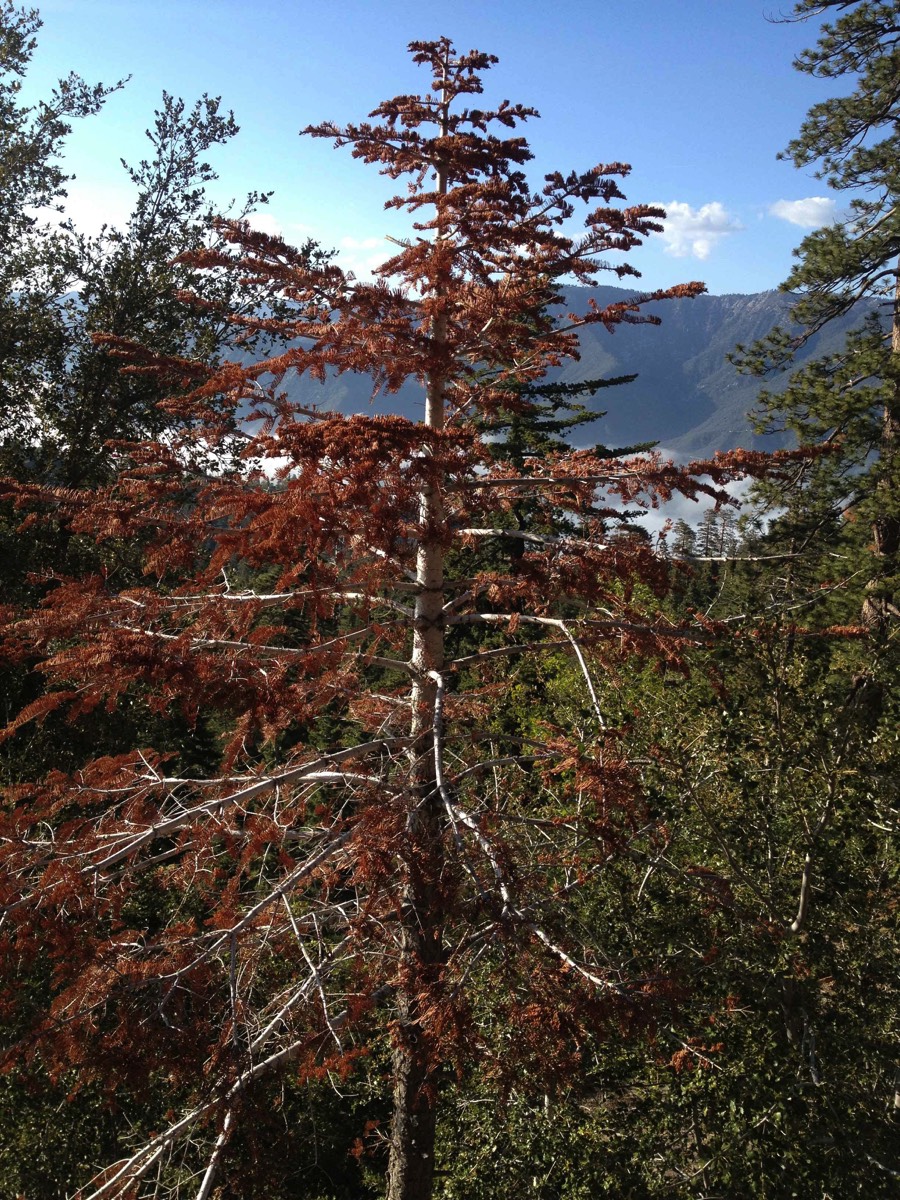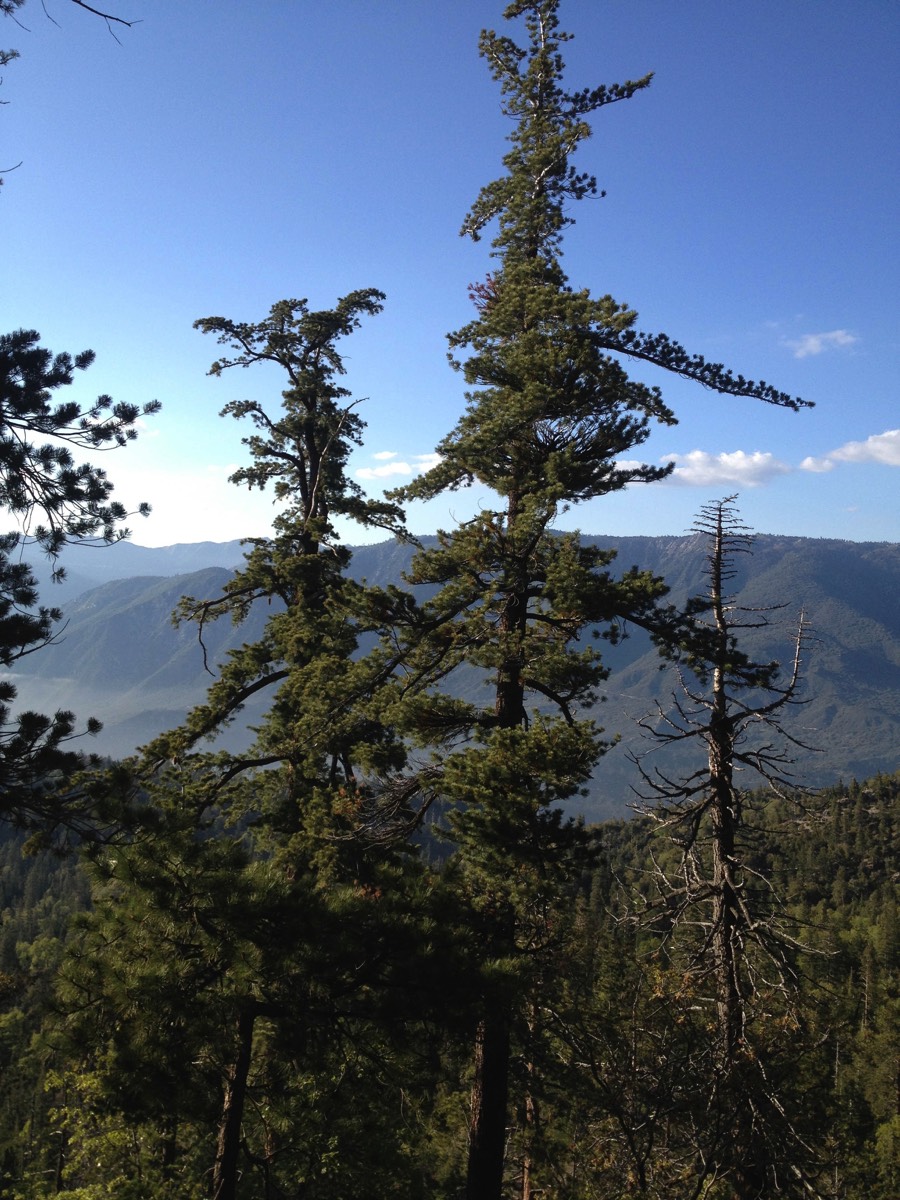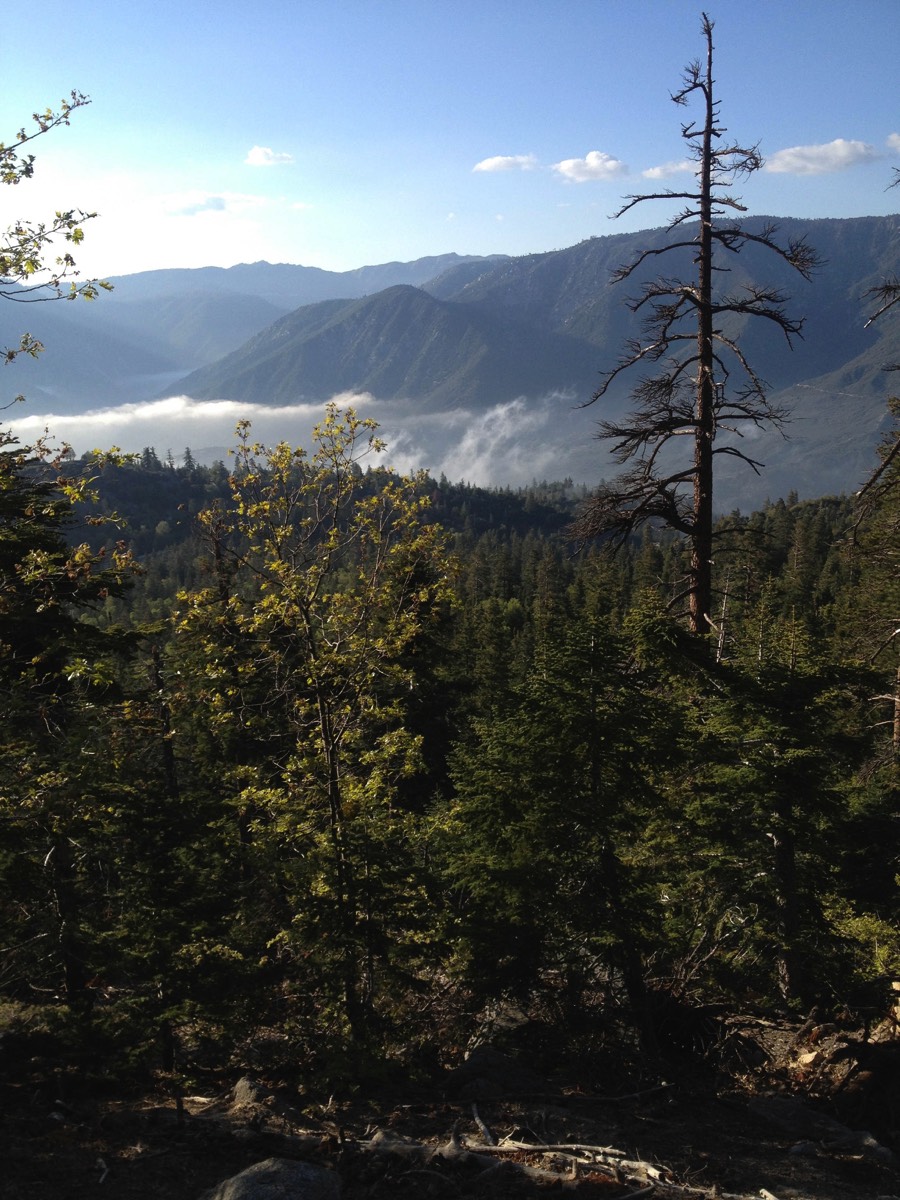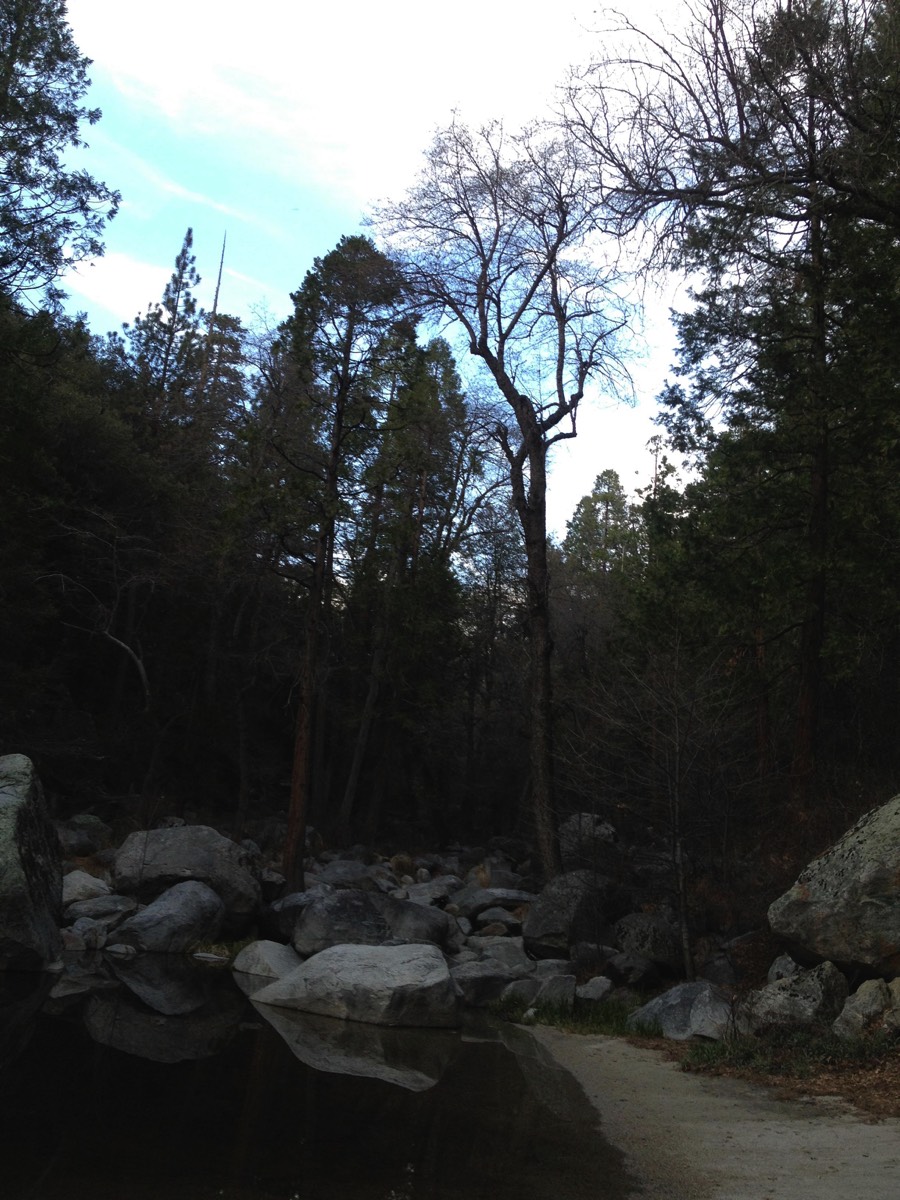
Climate, demography, species interactions, niches and species distributions
Understanding the relative importance of processes underlying species distributions has been a basic challenge in ecology for many years. This basic ecological question takes on particular importance now for forecasting species invasions and how species will respond to climate change. We use a combination of field experiments and modeling to link plant responses to the abiotic and biotic environment to larger scale biogeographic patterns. We work primarily in California montane ecosystems but also have projects in the southern Appalachian mountains, European Alps, and Spain.
Ongoing projects
Do the identities of competitors affect species’ responses to climate change?
How does tree demography in western montane ecosystems respond to broad-scale climate and local interactions?
How do species interactions influence tree responses to fluctuations in climate and drought events?
How can community ecology theory help predict which species interactions will be important for shaping community responses to ongoing climate change?
How do movements of species affect recipient communities?
Relevant publications
Diez, J.M., I. Giladi, R. Warren, H.R. Pulliam. 2014 Probabilistic and spatially variable niches inferred from demography. Journal of Ecology 102(2):544-554. ------ [Editor’s choice commentary].
Diez, J.M., I.G. Giladi. Scale-dependence of habitat sources and sinks. 2011. Sources, Sinks, and Sustainability across Landscapes, peer-reviewed book edited by Jianguo Liu, Vanessa Hull, Anita Morzillo, & John Wiens.
Diez, J.M. and H. R. Pulliam. 2007. Hierarchical Analysis of Species Distributions and Abundance Across Environmental Gradients. Ecology 88(12):3144-3152. [pdf]
McMahon, S. M. and J.M. Diez. 2007. Scales of association: hierarchical linear models and the measurement of ecological systems. Ecology Letters 10(6):437-452.
Diez, J.M. 2007. Hierarchical patterns of symbiotic orchid germination linked to adult proximity and environmental gradients. Journal of Ecology 95:159-170. [pdf]
Hille Ris Lambers, J., B. Aukema, J.M. Diez, M. Evans, and A. Latimer. 2006. Effects of global change on inflorescence production: a Bayesian hierarchical analysis. In J.S. Clark and A. Gelfand (eds). Adventures in Hierarchical Modeling of the Environment. [PDF]
Rappole, J.H., D.I. King, and J.M. Diez, and J.Vega Rivera. 2005. Factors Affecting Population Size in Texas' Golden-cheeked Warbler. Endangered Species Update.
Rappole, J.H., D.I. King, and J.M. Diez. 2003. Winter versus breeding habitat limitation for an endangered avian migrant. Ecological Applications 13(3):735-742.




